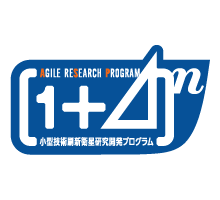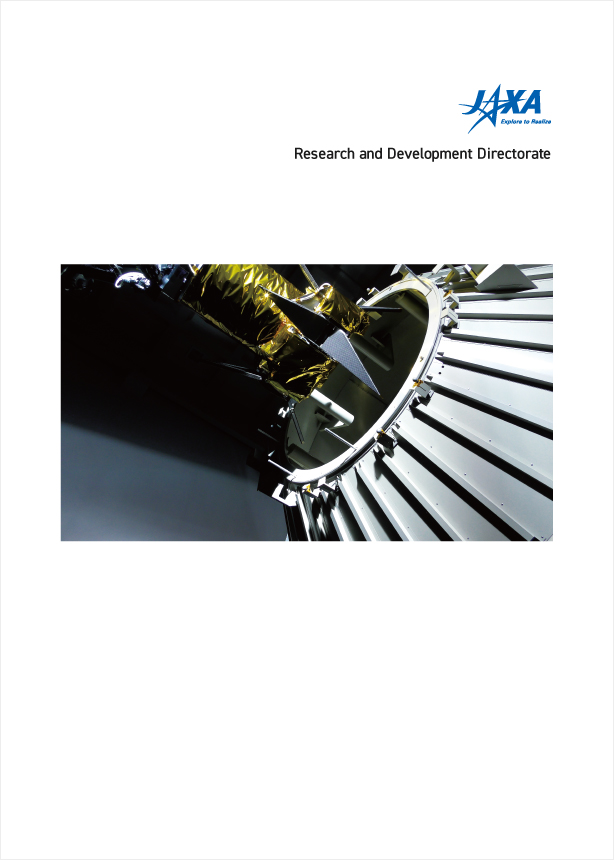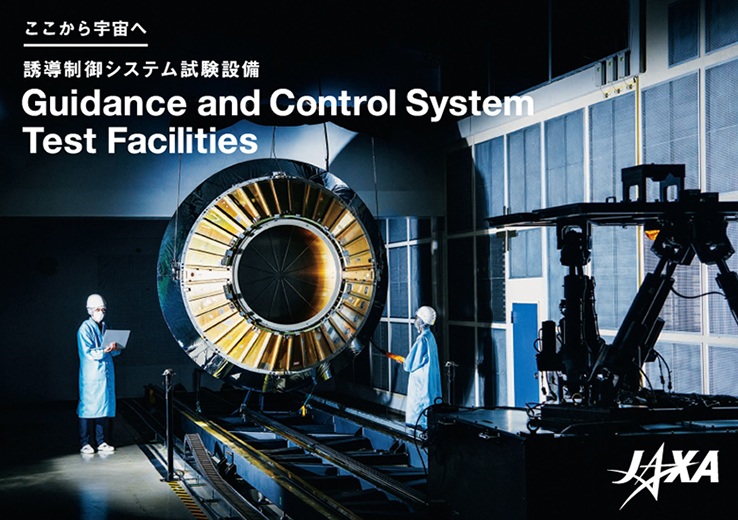We had so far proposed the development of a 1-GW (1-million kW) SSPS by the 2030s. We will update the development scenarios and technology roadmaps based on research results and recommendations from outside experts of the SSPS Economic Feasibility Committee and SSPS Technical Committee.
In addition to the 1-GW SSPS, we are also making concepts of a small SSPS system that may be deployable sooner, as well as immediately available practical applications of the technologies developed for the SSPS.
The SSPS has the potential to provide a solution to global challenges facing humanity in areas such as energy, climate change, and environmental conservation, but not in the next decades. It will be many years before we can expect the SSPS to provide affordable, safe, and reliable energy on the scale required to affect energy and global warming issues. These issues cannot be resolved by a single power source, but must be addressed through a multidimensional approach combined with energy-saving technology, the development of other power sources, and CO2 capture technology, and so on.
Increased concentrations of CO2 and other greenhouse gases disrupt the planet’s energy balance, causing more energy to flow in relative to the energy radiating back out into space. The result is global warming. Even if a hundred SSPS satellites with 1 GW capacity were to be one day orbited, the total amount of energy coming from the Sun to the Earth would still be hundreds of thousands times greater than the incoming energy from the satellites. In short, the energy from the SSPS will be far too low to have a significant impact on global warming.
The team believes both methods to be promising candidates for the SSPS, a system that delivers energy wirelessly to a receiver far away. Both are forms of electromagnetic radiation, but they have different pros and cons because of their different wavelengths (see the summary of pros and cons below). The wavelengths of lasers are measured in micrometers while the wavelengths of microwaves are measured in centimeters or millimeters. The team has been researching both methods.
| Microwave beam | Laser beam | |
|---|---|---|
| Advantage | The frequency is tuned for minimal absorption by the atmosphere. Weather conditions such as cloud cover and rainfall have no impact on the propagation. | Lasers can be transmitted and received by relatively small components because of their shorter wavelength. This makes the construction easy. |
| Disadvantage | The equipment in both ground and space segments cannot be designed compactly because microwaves have a longer wavelength. |
|
The safety of the beams depends on their power intensity (energy density). High energy density, regardless of microwaves or lasers, may pose threat to safety. People have asked us if birds will catch fire and burn when they fly through the beams. The energy density will be set too low to cause harm of that severity. Access to the rectenna site will be restricted and proper safety measures have to be developed to ensure that the ground segment poses no hazards to the public. It is necessary to continue researching the issue of safety.
To operate a 1-GW SSPS for 40 years and provide electricity at 8 yen per 1 kWh, estimated construction cost SHOULD be lower than 1.2 trillion yen per SSPS. (This does NOT mean that the SSPS can be constructed at cost of 1.2 trillion yen.) This cost estimate does not include R&D expenses for projects such as the fabrication of a prototype or the development of demonstrators and a space transportation system. As you have seen its answer to Q1, the team will also examine costs required to develop a small SSPS system that can be realized sooner as well as economic benefits from the immediate practical applications of SSPS technologies developed at successive milestones.
Several technical issues face us, but let us address two hurdles here. One is the development a low-cost, heavy-mass lifter to transport the SSPS to space. Assuming the 1-GW SSPS described in Q6, we need a space transportation system capable of delivering 100 tons per day at a launch cost (per unit mass) reduced to a few percent of the current levels. Only a large fully reusable launch system (RLV) can meet the requirement. The currently available technologies cannot provide such a massive and revolutionized space transportation system. JAXA ventures no guesses as to when such a vehicle can be developed, but it continues to research the RLV. The other issue facing us is the long-range wireless power transmission technology. We would have to overcome many technical issues to transmit energy over a distance of several hundred kilometers (between LEO and the Earth) or a distance of 36,000 kilometers (between GEO and the Earth). The challenges are equally difficult for both microwave and laser. The SSPS Research Team has been focusing on the development of the long-range wireless power transmission technology.
There are several safety concerns over wireless power transmission via microwaves or lasers. We should pay attention to the impacts of the beams on aircrafts, ionosphere, and electronics, etc., as well as human health. We should also explore where terrestrial receiving systems could be set up. Each system would require a terrestrial antenna of 2-3 km in diameter to receive power from a 1-GW SSPS. Other issues include a parking slot for operating the SSPS in GEO and securing frequency bands to transmit power via microwave.
It will take quite a long time to develop a massive space installation on the scale of something like the 1-GW SSPS. The SSPS Research Team has been conducting basic research and terrestrial demonstrations toward the realization. To return technological benefits to society at a much earlier date, the team examines the development of a small SSPS that may be deployable sooner without the development of a fully RSV. The team continues to advance R&D with a focus on immediate practical applications of the SSPS technologies developed at successive milestones.








